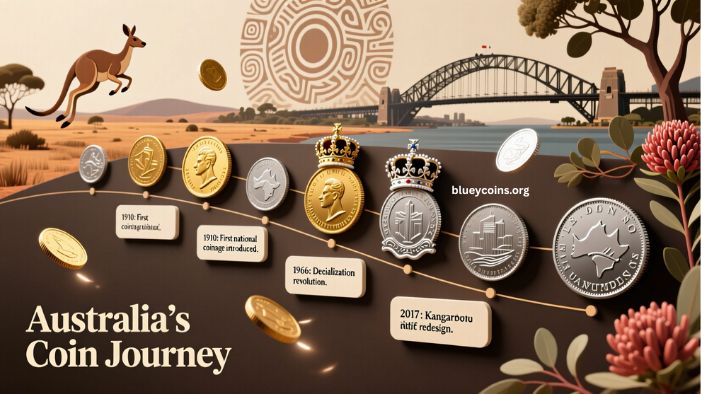
Australian coins tell stories of the nation’s past and present. Every coin you hold connects you to Australia’s journey through time. From the first minted coins to the shiny modern ones, each design reflects the people, wildlife, and values of the country. This guide gives you clear and easy facts about Australian coins, their history, and how you can start collecting them.
A Short History of Australian Coins
Before 1910, Australians used British coins and even some foreign ones. At that time, Australia did not have its own money. In 1910, the country made its first coins. They included the florin, shilling, sixpence, and threepence. A year later, the penny and halfpenny appeared.
These early coins carried the image of King Edward VII. The designs showed the strong link between Australia and Britain. As years passed, Australia added new designs that showed its growing independence and culture.
The Move to Decimal Currency
In 1966, Australia changed to a decimal currency system. This change made counting and trading much easier. The old system used pounds, shillings, and pence. The new one used cents and dollars. People quickly adjusted to the new way of counting money.
The first decimal coins were one, two, five, ten, twenty, and fifty cents. Later, in 1984 and 1988, the one and two dollar coins replaced the paper notes. The change helped make transactions faster and simpler.
Meaning Behind Australian Coin Designs
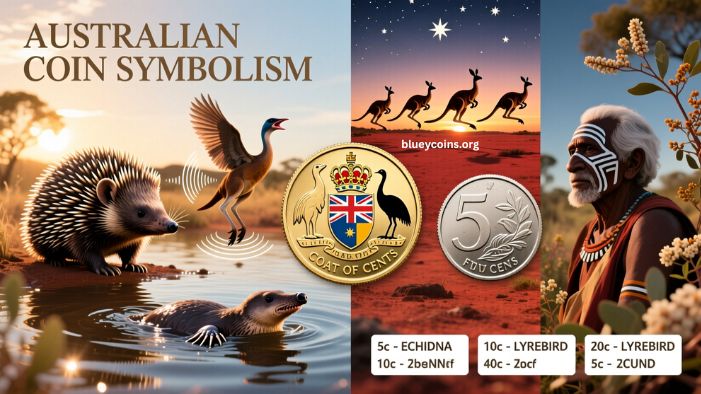
Each Australian coin has its own special design. The pictures on the coins show native animals, cultural symbols, and national pride. Here’s what each coin represents:
- Five-cent coin: The echidna, a small spiny animal found across the country.
- Ten-cent coin: The lyrebird, a bird known for copying sounds.
- Twenty-cent coin: The platypus, one of the most unique creatures in the world.
- Fifty-cent coin: The Australian Coat of Arms with the kangaroo and emu.
- One-dollar coin: Five kangaroos, showing Australia’s most famous animal.
- Two-dollar coin: An Aboriginal elder, the Southern Cross stars, and native plants.
Each design has meaning. Together, they show the nation’s love for its land and wildlife.
Special and Commemorative Coins
The Royal Australian Mint often creates coins to honor big events or people. These coins celebrate national pride and are favorites among collectors.
Some well-known examples include:
- The 2000 Sydney Olympics coin series
- The 2015 ANZAC Centenary coins
- Coins marking royal visits or important anniversaries
Many of these coins are not used for daily spending. Instead, people buy them as souvenirs or collector’s items. Some of them become more valuable over time, especially if few were made.
Valuable Australian Coins You Should Know
Some coins in Australia are rare and worth far more than their face value. They may have minting errors, limited editions, or unique stories. Here are some famous ones:
- 1930 Penny: One of the rarest Australian coins. Only a few thousand exist. In good condition, it can sell for tens of thousands of dollars.
- 1966 Wavy 20-Cent Coin: A minting mistake caused a wave in the number 2. This small detail made it a collector’s favorite worth hundreds or even thousands.
- 2000 One-Dollar Mule Coin: This coin was made using the wrong die. It has a double rim and is very rare.
You might already have a valuable coin at home. Check your old jars or drawers. Sometimes treasures hide in plain sight.
How to Start Collecting Australian Coins
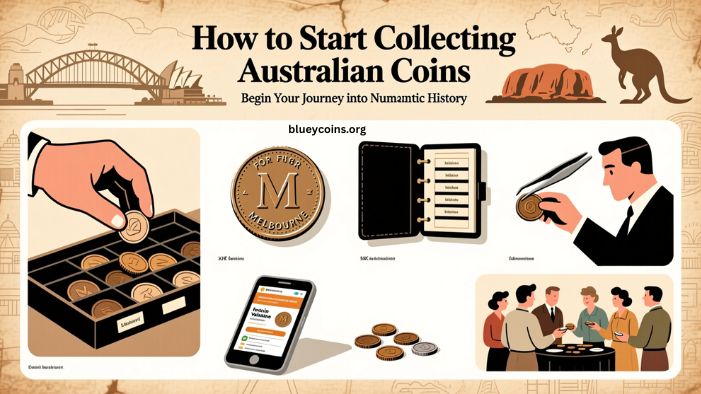
Coin collecting is an enjoyable hobby that connects you to history. You don’t need to spend a lot to start. Here are some easy tips to help you begin:
- Start with your change
Look through your pocket change or coins at home. You may find special or rare coins without spending extra money. - Protect your collection
Store your coins in albums or holders. Keep them away from moisture and dust to prevent damage. - Handle coins carefully
Hold them by the edges. Avoid touching the flat sides with your fingers. - Learn about mint marks
A mint mark shows where the coin was made. This can help identify rare versions. - Read and research
Use online guides or coin books to learn about value and history. Knowledge helps you avoid fake coins or bad deals. - Join coin groups
Many collectors share advice and trade coins through clubs or online communities.
Coin collecting is easy to start and rewarding to continue. Each coin you collect adds a new story to your personal history.
The Role of the Royal Australian Mint
The Royal Australian Mint opened in Canberra in 1965. It makes all the coins used in the country. The Mint also designs special coins for collectors and for events. Using modern machines and technology, it ensures every coin is precise and high quality.
Visitors can take tours of the Mint. You can watch how coins are made and even press your own souvenir coin. It’s a fun and educational experience for all ages.
Read: Bluey Coins | Rare $1 Collectibles Explained 2025
Modern Australian Coins
Modern coins are more detailed and colorful than before. The Mint now uses advanced printing and laser tools. Many two-dollar coins have color designs that mark national events like Remembrance Day or Indigenous culture celebrations.
Even though digital payments are common, coins still matter. They carry tradition and identity. Many Australians keep coins as keepsakes or family gifts.
How to Check for Fake Coins
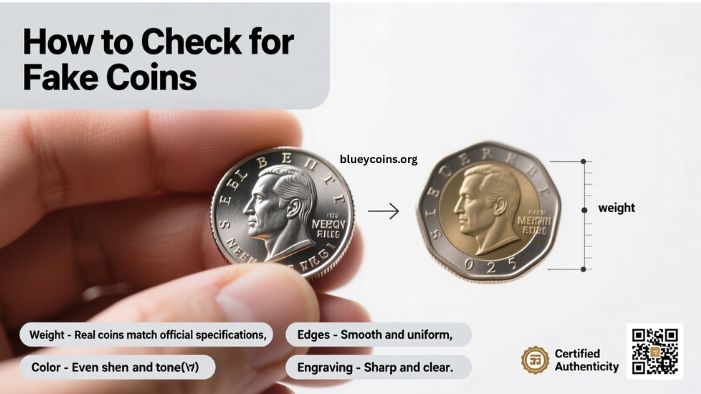
Fake coins exist, though they are uncommon. It’s good to know how to spot one. Here’s what to look for:
- Weight: Real coins have exact weights. If a coin feels too light or heavy, it might be fake.
- Edges: Real coins have neat, even edges.
- Color: Genuine coins have consistent color and shine.
- Letters and numbers: Blurry or uneven marks are a red flag.
If you buy rare coins, ask for a certificate or buy from trusted sellers. This keeps your collection safe.
The Future of Australian Coins
Australia keeps improving its coin designs. The Mint uses new materials and technologies to make coins more secure and interesting. Even as cashless payments grow, coins remain part of national culture.
Coins remind people of who they are and where they come from. They connect generations through shared stories and symbols. They are more than just money.
Why Australian Coins Are Special
Australian coins hold history, art, and identity in a small circle of metal. They show the country’s journey from its early days to the present. When you hold one, you touch a piece of national heritage. Every coin has a story, and each story reflects the pride and beauty of Australia.
Whether you collect coins or just use them, they remind you of the country’s past and its bright future.
Conclusion
Australian coins are more than just currency. They are symbols of the nation’s story, culture, and pride. From early pennies to modern colored coins, each piece holds a part of Australia’s journey. Collecting these coins helps you connect with history while discovering hidden treasures. Whether you’re starting your first collection or adding rare finds, every coin has meaning. Keep learning, stay curious, and let each coin remind you of Australia’s rich heritage and timeless value.
FAQs
1. What is the most valuable Australian coin?
The 1930 Penny is the most valuable. It can be worth tens of thousands of dollars.
2. What are Australian coins made from?
Most coins use metals like copper, nickel, and aluminum bronze.
3. How can I tell if a coin is rare?
Check the year, design, and mint mark. Compare with trusted coin guides or websites.
4. Where can I buy Australian coins?
You can buy them from the Royal Australian Mint, coin dealers, or online stores.
5. Are colored two-dollar coins worth collecting?
Yes. They are limited editions and often gain value over time.
6. Can old coins still be used?
Decimal coins can still be used, but pre-decimal coins are collectible items now.


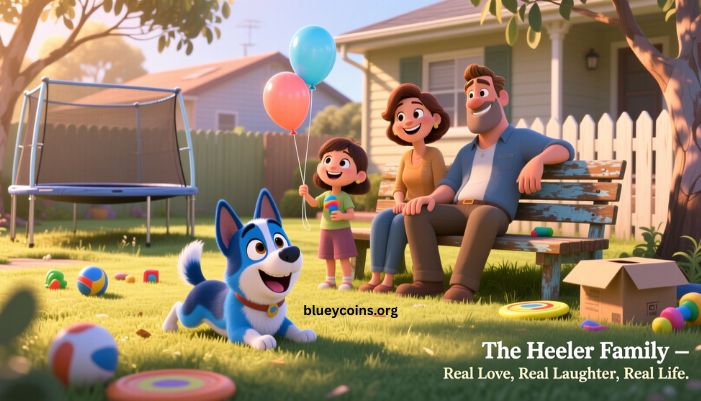
No Comments